Lou Harris teaches surfing in the Rockaways for free. His hope is that his students from around the city find something fun to do and learn to love the sport.
But it's about more than that. He says it's life and death.
Harris, a longtime Queens resident and self-taught surfer, started the East Coast Chapter of the Black Surfing Association in 2016. A former lifeguard, he says riptides are extremely dangerous.
What You Need To Know
- Lou Harris, who runs the East Coast Chapter of the Black Surfing Association, is helping Black and brown children learn to be safer and have fun in the ocean
- This summer, four Black teenagers have died off of New York City beaches, at Jacob Riis Park and Coney Island
- Harris, a longtime Rockaway resident, says some of his students can’t swim before they get on the surfboard, and that part of what he helps them understand is water safety, including how to spot and deal with riptides
“Two bodies of water that come together, and then they just suck it out, and you can feel it tug on your leg, too,” he said.
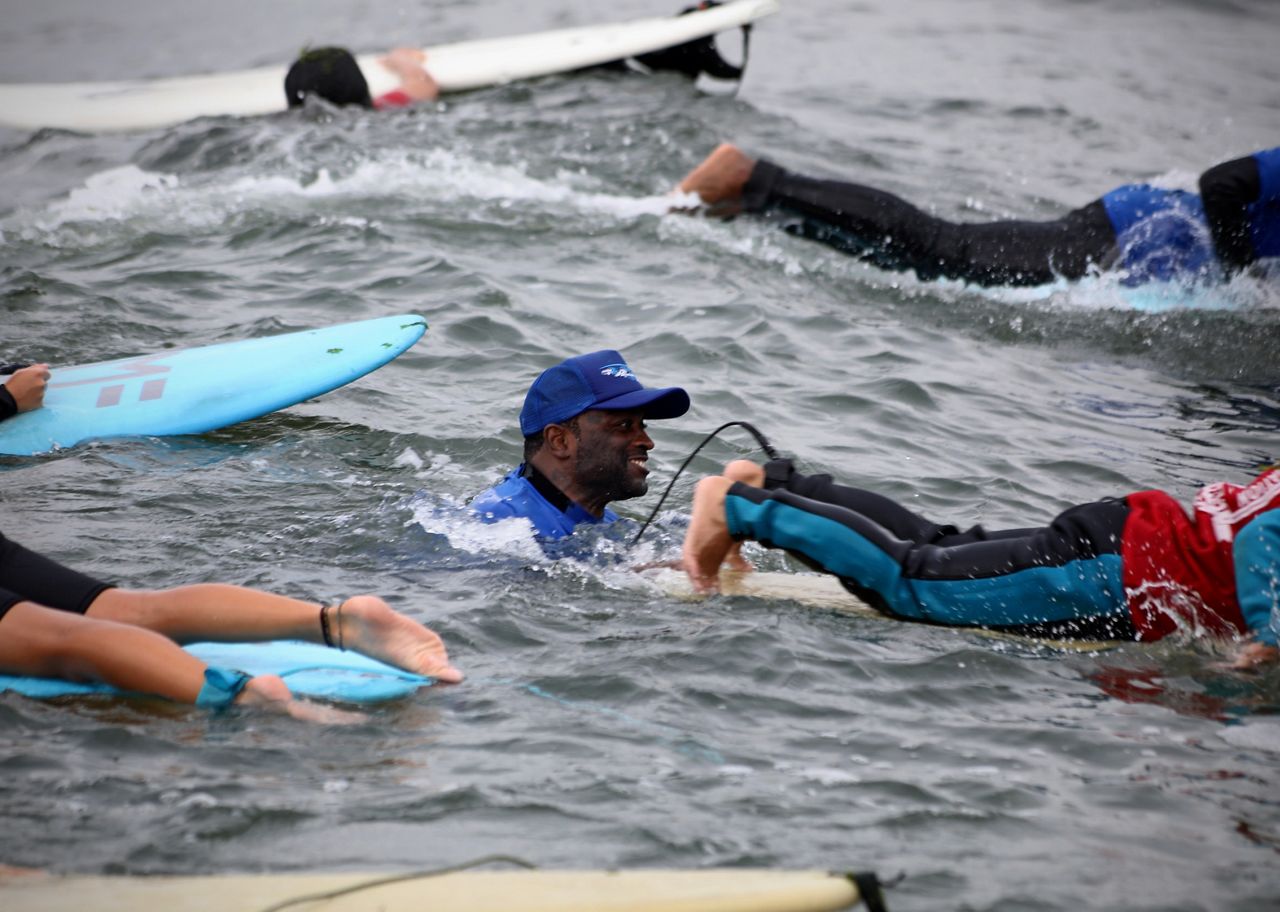
Riptides can’t always be seen, but are unavoidable for ocean swimmers and surfers, so learning how to spot them and how to deal with them is imperative.
"Just float with it, and then eventually you paddle, you paddle parallel, and then you get out of it,” Harris explained.
It’s the same water safety advice he gives his students. Harris' goal is to help Black and brown children learn to be safer and have fun in the ocean.
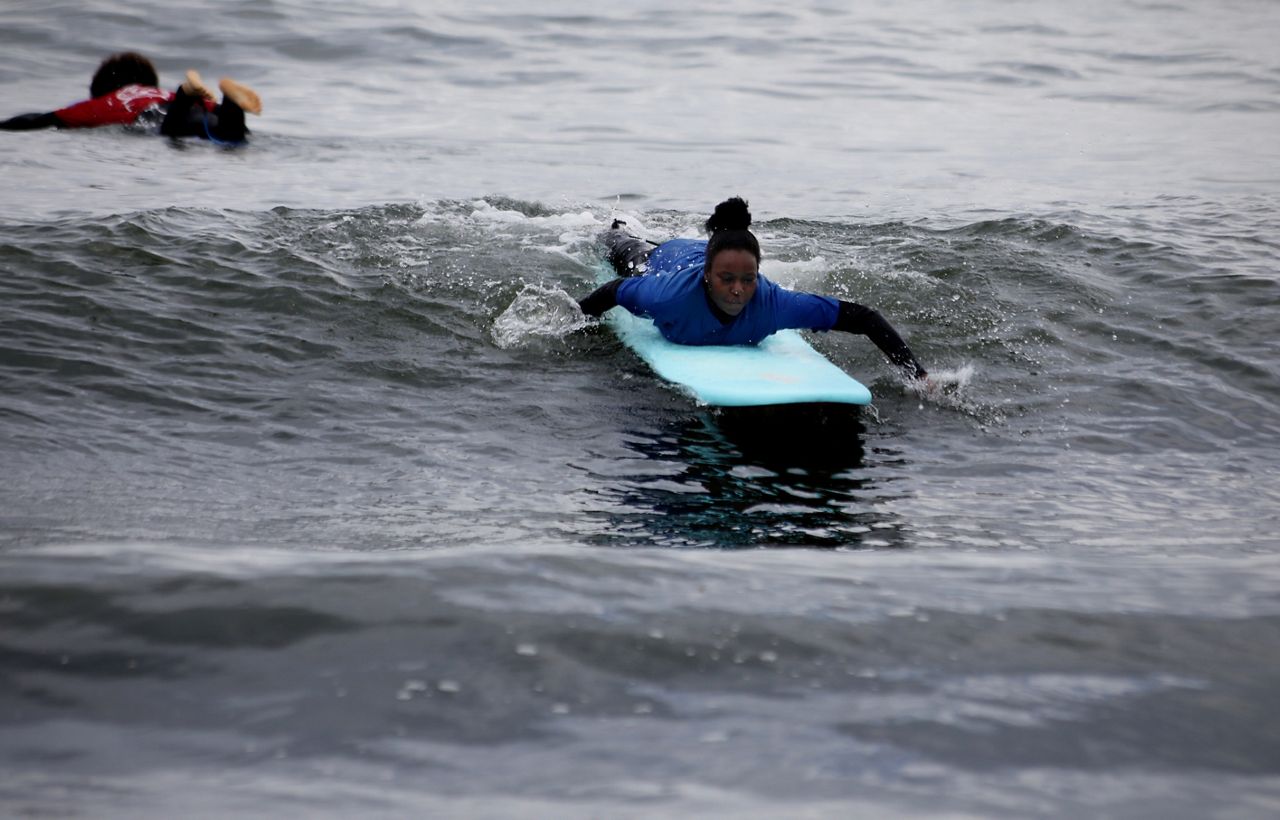
Black swimmers in New York state have a significantly higher drowning rate than any other racial group — more than double that of white swimmers, and nearly double Hispanic ones. This summer, at least four Black teenagers have died off city beaches.
The Centers for Disease Control and Prevention reports nearly 37% of all Black adults in the U.S. say they don't know how to swim, compared with just 7% of white adults.
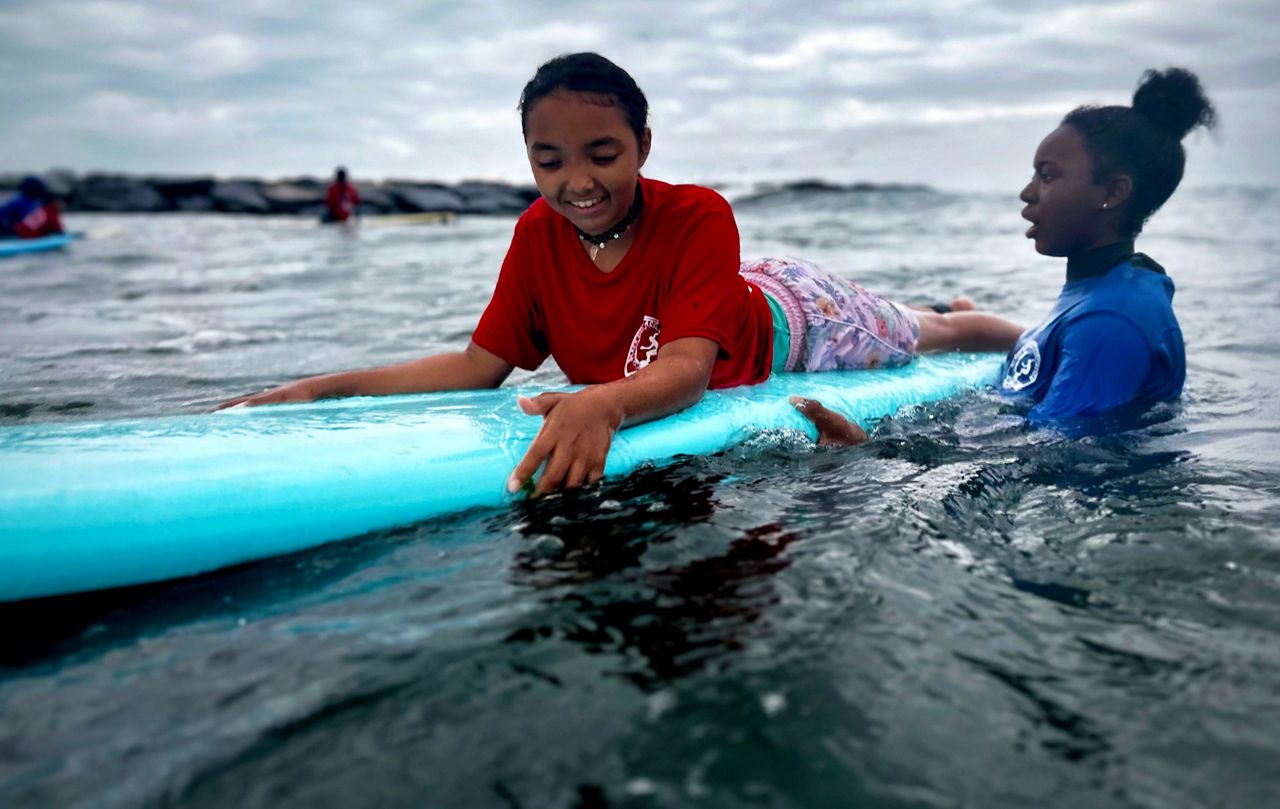
Ten-year-old Clover Thornburg, who’s a student with the Black Surfing Association East Coast Chapter, is still getting comfortable with the water.
“I know how to swim just a bit, just enough where if I go under, I know how to get back to the top safely,” Thornburg said.
Brooklyn native Zachariah Whitby has been learning from Harris for two years.
"You get hit by a very large wave, and you’re swept under the water, you’re not really sure where you are, and you start to panic, so making sure to not panic and trying to get above the water, is very important,” Whitby said.
For him, surfing brings a sense of calm. For his mother, Martha Redbone, knowing he knows how to deal with the powerful ocean currents brings her a sense of calm as well.
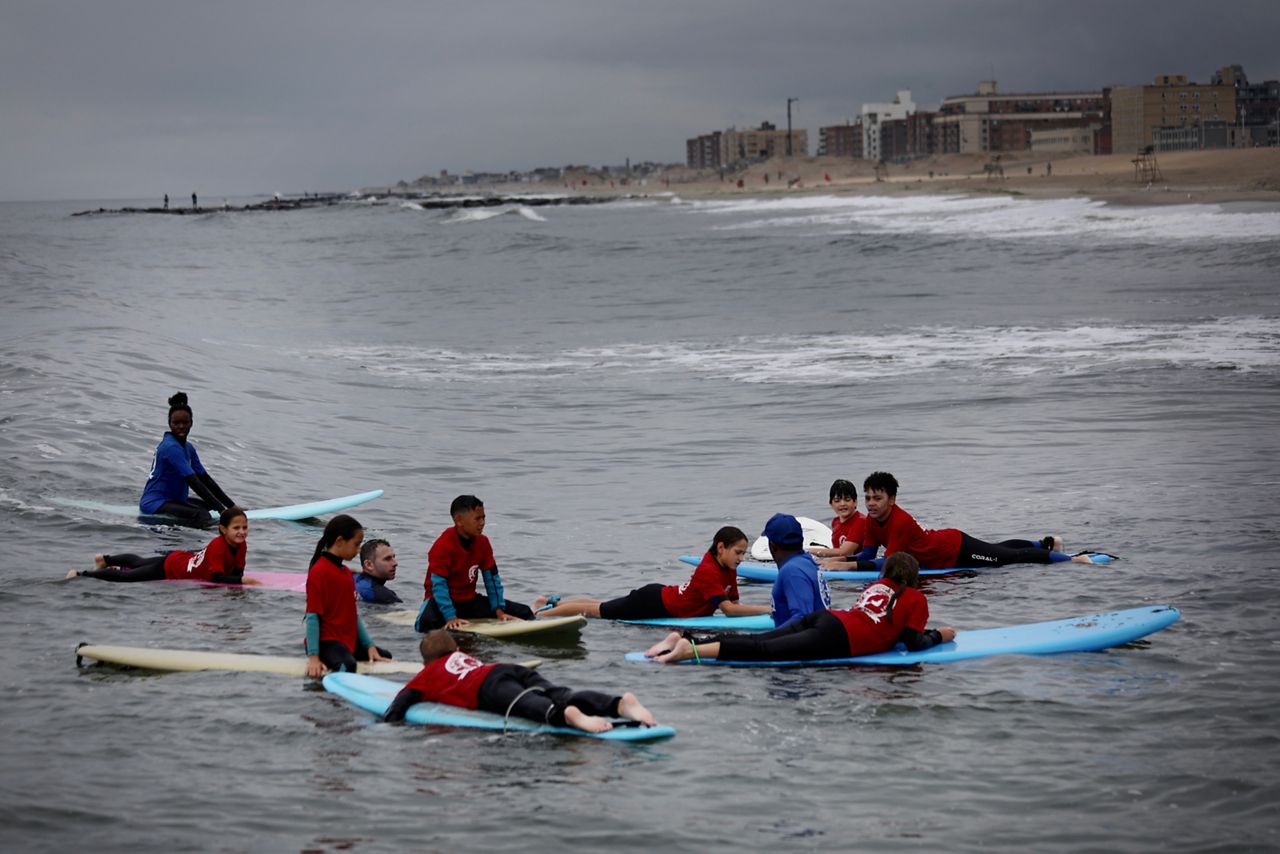
“To start with the children, reconnecting them and their relationship to water, and respect for the water, and understanding, you know, what certain things look like. It’s essential for survival in this crazy world that we're living in,” Redbone said.
The lessons aim to ensure that young people can enjoy the waves while they're riding them — and emerge from the ocean safely.
“I’ve had a bunch of kids who can’t swim, but once they get on the surfboard… that helps them get comfortable with swimming,” Harris said.






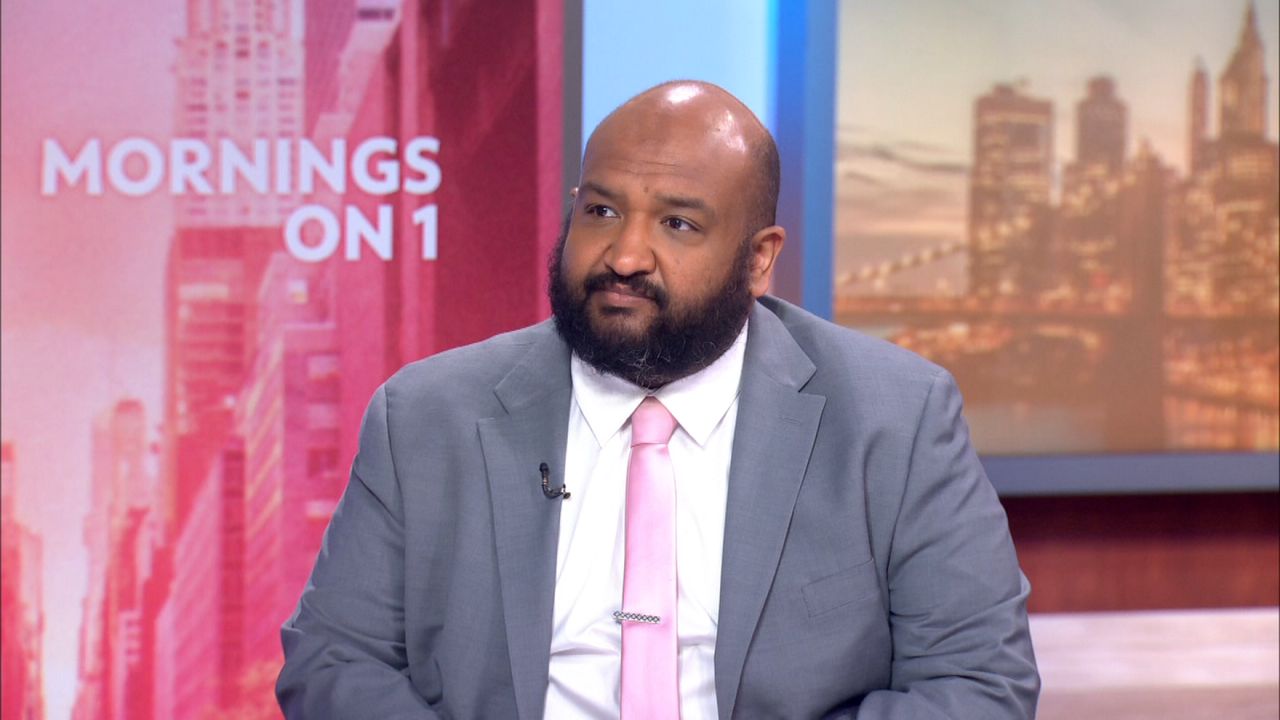


_PKG_OS_Picks_050225_CG)